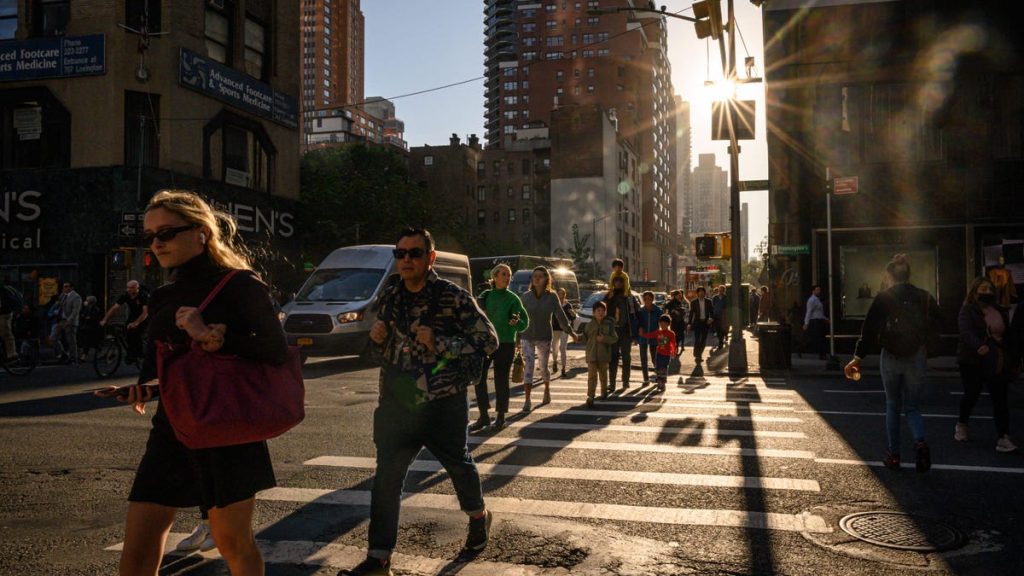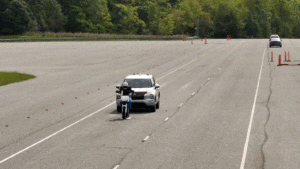Vision Zero Might Actually Be Working but Only for a Few American Cities

Pedestrians cross a street in New York City on October 12, 2022.Image: Ed JONES / AFP (Getty Images)
It’s taken some time, but it seems New York’s adoption of the international program to improve pedestrian safety — Vision Zero — actually helped prevent pedestrian deaths in 2022.
Vision Zero was first put into place in Sweden in the 1990s, where it cut road deaths in half over two decades. Here’s how it works, according to its website:
Building and sustaining leadership, collaboration, and accountability – especially among a diverse group of stakeholders to include transportation professionals, policymakers, public health officials, police, and community members;Collecting, analyzing, and using data to understand trends and potential disproportionate impacts of traffic deaths on certain populations;Prioritizing equity and community engagement;Managing speed to safe levels; andSetting a timeline to achieve zero traffic deaths and serious injuries, which brings urgency and accountability, and ensuring transparency on progress and challenges.
The only thing in there that sounds like concrete action and not just a bunch of PR talk is “managing speed to safe levels,” which would absolutely save a lot of lives no matter the level of urbanism. In the U.S., only 45 cities have signed on to the Vision Zero pledge. As CityLab notes, many cities aren’t putting the necessary resources or political force into creating safer spaces for pedestrian. New York and Jersey City, it seems, are exceptions that prove the rule:
A recent chart and report from the International Transport Forum is what gives me hope. In the report, “Monitoring Progress in Urban Road Safety,” the authors compare the decrease in road traffic deaths across 22 major cities that participated in a pledge to reduce traffic deaths. New York City is the only US city included, and one of just four where the city significantly outperformed national-level safety figures.
Between 2010 and 2020, NYC’s traffic deaths fell 19%, while the US death rate rose 8% — an improvement that translates into a significant number of saved lives. And there is reason to believe that the city can do better now that the framework and the constituency for safety reforms is in place.
It’s important to remember that, in the US, Vision Zero cities operate in a national environment of increased traffic deaths — especially for pedestrians, who are overrepresented in urban crashes. Nationally, thanks to a combination of factors — most importantly growth in SUVs and extra-large pickups — deaths of pedestrians have grown 62% nationally since 2009, according to the nonprofit advocacy organization Smart Growth America.
G/O Media may get a commission
New York City first adopted Vision Zero in 2014, and for years there seemed very little reason to hope that any real action would be taken to prevent pedestrian deaths. Despite nationwide pedestrian deaths hitting a 40-year high, places like New York and Jersey City have actually seen deaths go down in recent years. Meanwhile, American roads are only getting deadlier for folks outside of cars.
The rise in pedestrian deaths is partially attributed to more large trucks and SUVs in the U.S. fleet. Things aren’t exactly safe for folks inside of those giant, lumbering cars either right now. Traffic fatalities last year bridged 43,000 for the first time in 16 years. This year isn’t much better, with 10,000 Americans losing their lives in the first quarter of 2022.





